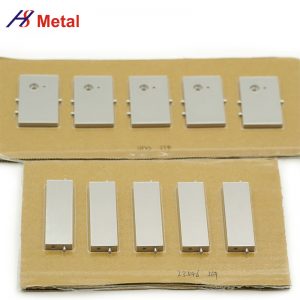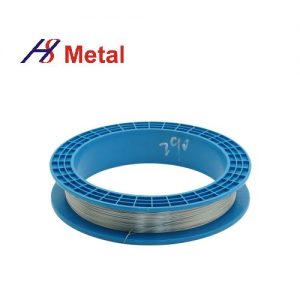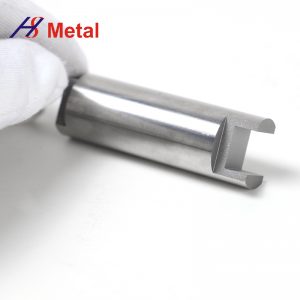Email:
sales@hypersolidmetal.comWhatsapp:
8618625975081
Email:
sales@hypersolidmetal.comWhatsapp:
8618625975081A contact hole is an opening in the insulating layer between the metal layer and the active area or polysilicon. It is a key structure in microelectronic devices. It is usually formed by etching in the vertical direction of the silicon wafer and is used to connect the first layer of metal interconnection lines. and substrate devices, and filled with metals such as tungsten. It is commonly used in the integrated circuit manufacturing process to achieve electrical connections between different layers in the circuit.
Since the quality of contact holes directly affects the performance and reliability of the entire circuit, many factors need to be considered when designing and manufacturing contact holes, such as electrical properties, thermal stability, mechanical strength, and manufacturability. To ensure a good electrical connection and low resistance, contact holes are often filled with metal or other conductive material. At the same time, in order to prevent mechanical damage and chemical corrosion, the contact holes are usually covered with a protective layer.
The formation method of the contact hole structure includes: providing a semiconductor substrate with a dielectric layer, forming a contact hole in the dielectric layer; sequentially depositing a metal barrier structure, an amorphous silicon barrier layer, a borosilicon barrier layer, and a tungsten stack in the contact hole and a tungsten ingot layer. The tungsten ingot layer fills the contact hole. The tungsten stack includes a boron tungsten silicon film layer and a boron tungsten film layer. The boron tungsten silicon film layer is arranged close to the borosilicate barrier layer; the tungsten ingot layer is planarized.A boron-containing gradient structure is formed by an amorphous silicon barrier layer, a borosilicate barrier layer, a boron tungsten silicon film layer, and a boron tungsten film layer. It has achieved unexpected technical effects and can effectively prevent boron in the tungsten stack from moving to the metal. Diffusion in the barrier structure increases the adhesion of the tungsten stack. At the same time, the hardness of the boron tungsten silicon film layer increases the overall hardness of the tungsten stack, thereby avoiding the corrosion problem of the tungsten stack that occurs during the grinding process.



